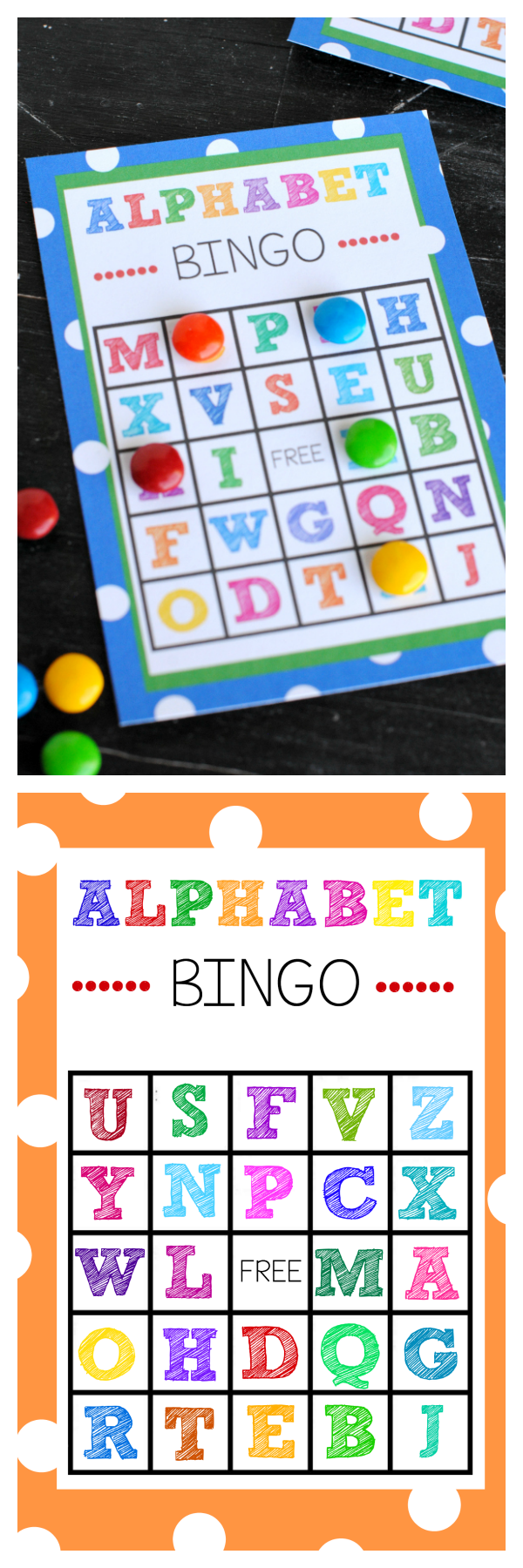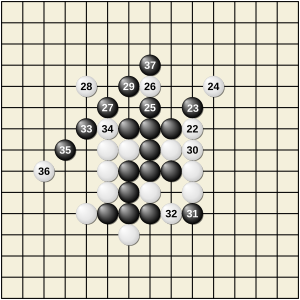Subscribe for videos on how to win gomoku game. In this video we will be walking through how to play gomoku with some of the basic starting points, we will s.
- How To Play Five In A Row On Game Pigeon Play
- How To Play Five In A Row On Game Pigeon Tn
- How To Play Five In A Row On Game Pigeon Forge
Mancala is really an easy game to play. Players decide who goes first using whatever method they want; Rock-Paper-Scissors, coin flip, loser-of-last-game-goes-first, whatever. During a turn, a player grabs all of the stones in a hole on their side and drops them, one by one, in succeeding holes in a counter-clockwise direction. Naturally in real game moves do not contain numbers. In this case black won at the 21st move with a vertically unbroken row of five stones. The unbroken row of five stones can be collected in the middle and in the edge of the board as well. Samples of collecting five stones in a row. The basics of the game are clear by now. This site contains user submitted content, comments and opinions and is for informational purposes only. Apple may provide or recommend responses as a possible solution based on the information provided; every potential issue may involve several factors not detailed in the conversations captured in an electronic forum and Apple can therefore provide no guarantee as to the. Gomoku, also called Five in a Row, is an abstract strategy board game. It is traditionally played with Go pieces (black and white stones) on a Go board. It can be played using the 15×15 board or the 19×19 board. Because pieces are typically not moved or removed from the board, Gomoku may also be played as a paper-and-pencil game. GamePigeon is a cool app that allows you to enjoy a collection of excellent two-player games on iMessage with your friends and family. It contains games such as 8-Ball, Poker, Gomoku, Sea Battle, and Anagrams. If you can’t download GamePigeon for some reason or you have downloaded it and it just doesn’t work, I will help you fix the problem in this article.
With thanks to William Gaul, Becky Beers, Tami Verdone and Mark Cornell for information about various versions of the game and board.
Introduction
This game, played in parts of in the Eastern USA (North Carolina, Tennessee, and perhaps other places), is known by various names including Jack Foolery, Jack Off and perhaps others. It is played with cards, poker chips and a board which is home made from a second deck of cards which are cut in half and glued to a base to make a 10x10 board. A commercial version of the game was published by Jax in 1982 under the name Sequence. The object is to form rows of five poker chips on the board, by placing chips on the board spaces that correspond to cards played from your hand.
Players and Equipment
There can be two, three or four players. Four normally play as partners.
Two standard American 52-card packs without jokers are used - 104 cards in all.
Also a board is required made from another 52-card pack with two jokers from which the four jacks have been removed, leaving 50 cards. Each of the 50 cards is cut to make two square pieces which are pasted onto two cells of the 10x10 board - see illustration. The exact arrangement of the cards on the board is not critical except that the four joker spaces should be in the corners. Usually the cards are placed in some sort of symmetrical or spiral sequence, to create a pleasing visual pattern.
A supply of chips or counters is needed: about 50 each of two colours if there are two or four players; about 40 each of three colours for three players. These are placed on the board to denote which player or team owns a cell.
Setup and Deal

Each player or team takes the chips of one colour. The 104 cards are shuffled and the dealer deals a hand of 7 cards to each player is there are 2 players, 6 each if there are 3 players, and 5 each if there are 4 players. The undealt cards are stacked face down to form a stock pile from which cards will be drawn during the game.
Play
Players take turns in clockwise order, starting to dealer's left. At your turn you play one card from your hand face up on the table, and place a chip of your colour (or your team's colour) on an unoccupied space on the board whose card corresponds to the card you played. Then you replenish you hand by drawing the top card from the stock pile and it is the next player's turn.
Two-eyed jacks are wild. Playing a two-eyed jack (clubs or diamonds) entitles the player to place a chip of his or her colour on any unoccupied space on the board.
How To Play Five In A Row On Game Pigeon Play
One-eyed jack kill your opponents' chips. Playing a one-eyed jack (hearts or spades) entitles the player to remove from the board any one chip belonging to an opponent.
Note: there are no jack spaces on the board.
Winning
The object is to form rows of five (or more) chips in an unbroken straight line - vertical horizontal or diagonal.
In a two-player or four-player partnership game the first player or team that has two straight rows of five chips of their colour on the board wins the game. These rows are allowed to intersect in one space, in which case only 9 chips are needed for the winning formation. Or a player or team can win with 10 chips forming two separate rows.
How To Play Five In A Row On Game Pigeon Tn
In a three-player game, the winner is the first player to form one straight row of five chips.
Variations
The basic rules are explained above, but like most traditional games, this one has many variations. The ones I know about are listed below. Players who know of other popular variants please let me know.
There are several ways to use the four joker spaces in the corners of the board. For example:
- Some play that the joker squares are considered as belonging to all players throughout. Therefore a row of five can be made using only four chips combined with the corner square - for example on the illustrated board 10-9-8-7 or K-Q-K-Q.
- Some include four jokers in the playing deck, for a total of 108 cards. In this case a joker entitles the player to put a chip on a corner square (but nowhere else). A chip placed on a joker square cannot be removed by a one-eyed jack.
Some play that a card is drawn at the start of each player's turn rather than at the end.
The number of cards dealt to the players varies. For example some player the two-player game with 9-card hands. Some play the 4-player game with 6-card hands.
How To Play Five In A Row On Game Pigeon Forge
Some allow the player of a one-eyed jack to place a chip on any space on the board, even an occupied space, replacing the token (if any) that is already on that space.
Some do not allow a one-eyed jack to destroy a completed five-chip row by removing (or replacing) one of its chips.

Occasionally a player will have a card in hand that is dead, in the sense that both spaces corresponding to that card are already occupied (at least one of them by playing a jack). Some allow the holder of a dead card to discard it and draw a replacement from the stock. This does not count as a turn.
If you prefer to use a ready-made playing-board rather than make your own, several commercial versions are available.
You can obtain the Jax game Sequence from amazon.com. The set includes a board, cards, chips, and instructions for a version of the game.
Alternatively the game Double Series from the Canadian firm Jouets Bo-Jeux Toys comes with either a large wooden board or in a travel version using a pegboard.
In 2003 the Quinto Game Company released Quinto, which has the same board and play but adds an elaborate scoring system.
It is a board game for two players who take turns in putting black and white stones on the board. Each players' goal is to create an unbroken row of five stones horizontally, vertically, or diagonally.
Since the opening player (the one with black stones) has a significant advantage, an alternative ways of opening the game have been created which are supposed to eliminate the advantage of an opening player.
PRO
Opening of the game where the first player (black) puts his stone exactly in the middle of the board (H8). The second player has to put his stone right next to the first stone in any direction (thus having a maximum of 8 possible moves). The third stone has to be put at least 3 squares or more from the middle of the board. Only exactly five stones in a row win, rows of six or more, called overlines, do not count and the game continues.
SWAP
Opening of the game where the opening player puts first three stones (black, white and black) anywhere on the board and his opponent then chooses which color he wants to play. Thus the opening player should make sure that the first three stones are in an equal position for both colors. Only exactly five stones in a row win, rows of six or more, called overlines, do not count and the game continues.

SWAP2
Opening of the game which is an extension of the SWAP variant. The opening player puts first three stones (black, white and black) anywhere on the board and his opponent then chooses either which color he wants to play or he can put two additional stones (white and black) on the board and let the opening player choose which color to play. Only exactly five stones in a row win, rows of six or more, called overlines, do not count and the game continues.
Playing board and stones
- board is usually made of wood
- the size is 15x15 squares
- the stones are usually plastic or from glass
- color of the stones is black and white
- the stones are put on the intersections (not in the squares)
Time limit and ending of the game
- time is measured with chess clocks
- the time limit on most tournaments is set to 10 minutes per player for one game
- the game ends as a draw either if the players agree on it or if the board is fully covered with stones
- player who makes an unbroken row of exactly five stones in any direction wins the game